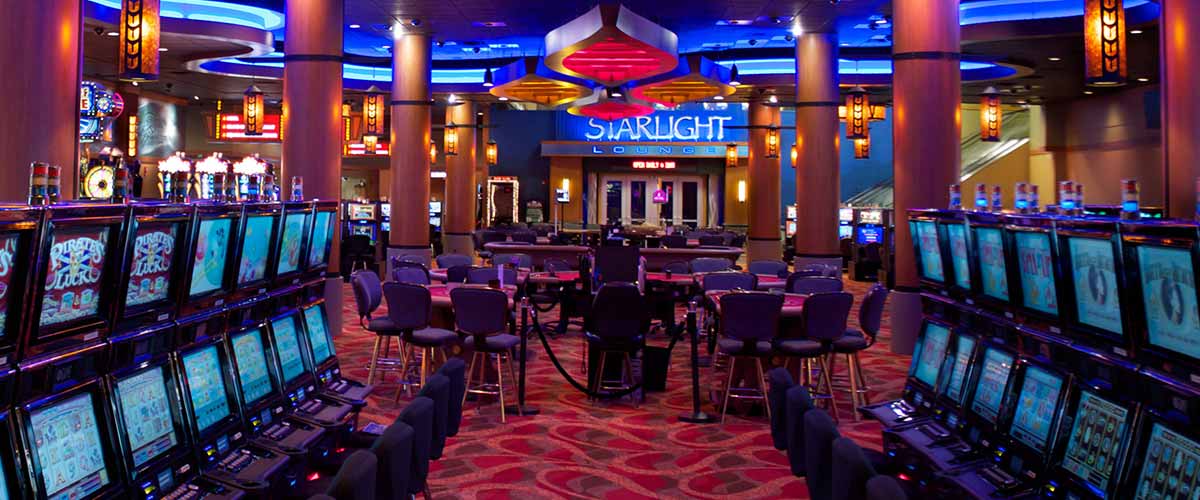Gambling games have long captivated human interest, drawing players into a realm filled with fortune, planning, and the allure of thrill. Each experience is meticulously crafted not just for enjoyment, but also to inspire specific emotional responses that keep gamblers immersed and interested. Understanding the reasons behind these designs reveals much about how human psychology plays a key role in the gaming experience.
From the bright lights and dynamic sounds to the intricate layering of guidelines and incentives, casino games are designed to create an atmosphere of thrill and eagerness. Game designers leverage psychological principles to influence gambler behavior, whether through the use of winning opportunities, close-call situations, or social connections. By examining these aspects, we can better appreciate how casino games fulfill not just a desire for entertainment, but underlying psychological needs for excitement and risk.
Grasping Gamer Behavior
Casino games are crafted with a deep comprehension of player psychology, which is essential for luring and retaining players. The rush of the game, alongside the expectation of winning, produces a powerful draw. Game designers employ elements like sound effects, dynamic graphics, and engaging gameplay to engage attention and evoke emotional responses. These sensory effects enhance the total environment, making players feel more attached in the game.
Another important aspect of player behavior is the notion of risk/reward dynamics. Casino games often manage high-risk scenarios with the potential for significant rewards, which can lead to the event known as near-miss experience. When players come near to winning, the brain releases dopamine, reinforcing their behavior and encouraging them to keep playing in quest of that hard-to-reach win. This cycle of anticipation and frustration plays a crucial role in how games are designed and promoted.
Lastly, social factors also play a pivotal role in player behavior at casinos. Many games are designed to be played in groups or alongside other players, nurturing a sense of community and collective experience. The interaction inherent in games like blackjack enhances enjoyment and can result in extended gameplay. Designers take advantage on this by designing environments that invite players to remain, interact, and revisit, making the overall casino experience more inviting. F8BET

The Role of Visuals and Audio
Visuals and audio play a vital role in improving the gambler’s experience within gambling games. Designers utilize vibrant colors, eye-catching graphics, and engaging animations to capture gambler’s attention and sustain their interest. The use of motifs, such as exploration or opulence, helps create an engaging atmosphere that transports players into another world. By appealing to the senses, these elements add to a intensified emotional response, encouraging players to interact more profoundly with the games.
Sound design is equally important in reinforcing the overall experience of gambling games. The combination of background music, sound effects for winning combinations, and ambient noises creates an auditory landscape that keeps players fascinated. Sounds associated with wins, such as chiming bells or celebratory music, evoke feelings of thrill and satisfaction, prompting players to continue playing. These audio cues are strategically placed to amplify the excitement of the game and create a more immersive experience.
Additionally, the synchronization of visuals and audio is important for reinforcing the game’s overall theme and mood. Each element should align seamlessly to create a unified experience that pulls players in. The effective use of this synergy not only improves user satisfaction but also increases the likelihood of return play, as players become more engaged in the immersive world that the gambling games offer. This thoughtful integration of imagery and audio ultimately enhances player engagement and loyalty.
Reward Structures and Participation
The creation of gambling experiences heavily depends on reward systems to ensure players engaged and returning for additional experiences. https://f8bet80.one/ These systems are rooted in psychological principles that exploit human behavior and motivation. Players are often driven by the excitement of winning, which is supported by immediate feedback through the game structure’s design. This instant gratification not just improves the overall experience but also cultivates a feeling of success, prompting participants to continue playing in hopes of bigger gains.
Gaming establishments implement various incentive systems, including jackpots, extra rewards, and multipliers, to captivate players. These features create a level of thrill that sustains engagement. Additionally, the randomness of results plays a crucial role in sustaining interest. The variable reward system, where successes are unpredictable but occur often enough, keeps participants on edge and driven to keep playing. This loop of anticipation and expectation is essential to the success of gambling experiences.
In addition, social elements, such as competitive events and collaborative options, enhance the engagement factor by tapping into the competitive nature of players. The communal aspect of gaming with others can amplify the excitement of winning and create a sense of community within the casino. By combining these community elements with efficient incentive structures, gambling experiences don’t just provide entertainment but also foster a deeper connection among participants, reinforcing their loyalty to the gaming experience.